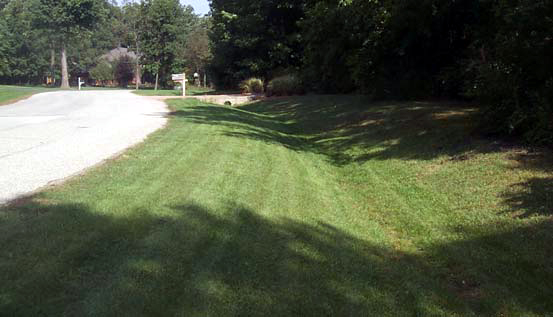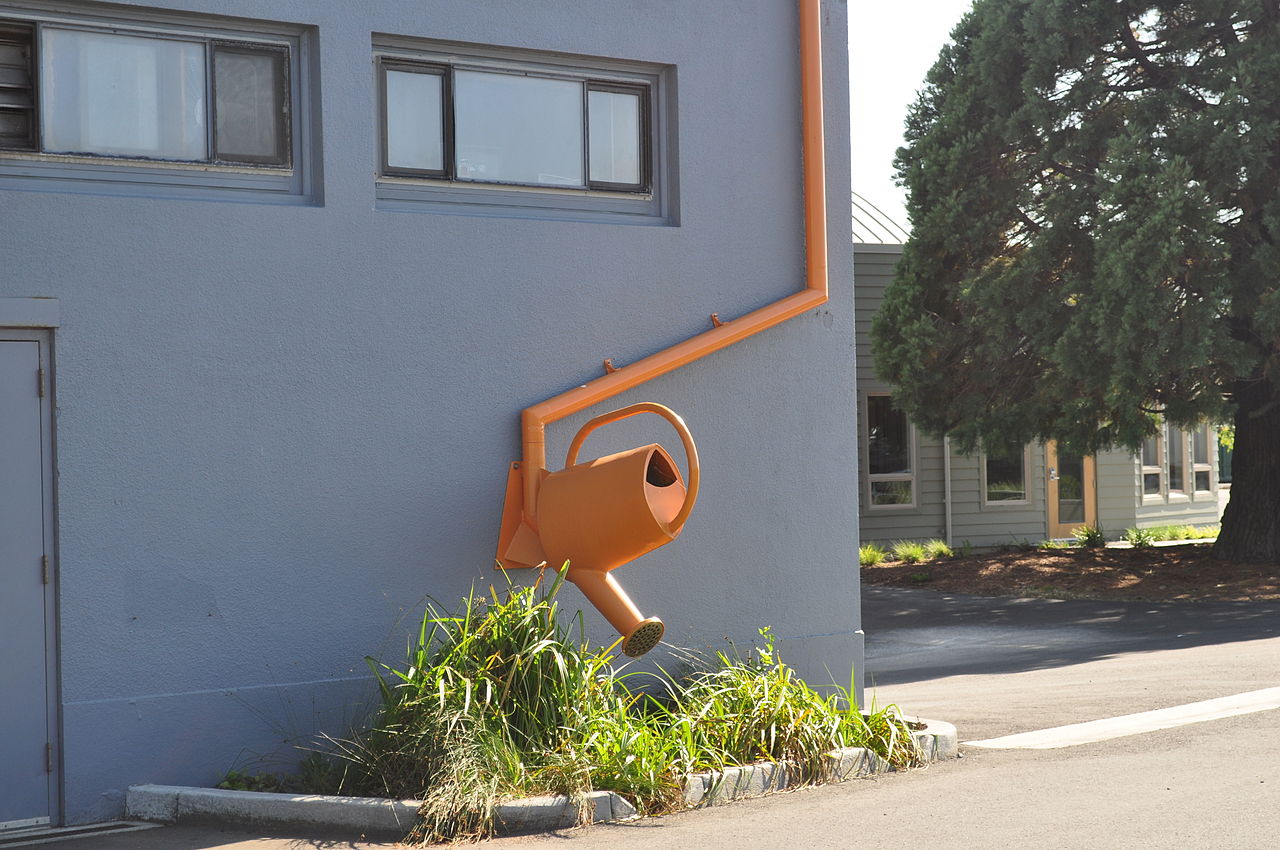Landscaping to Protect Your Property and the Environment
A solid downpour can have damaging consequences for your [client’s] property in addition to the environment. Therefore, you need front and backyard flooding solutions.
If it seems like storms have been worse lately, you’re not imagining it. According to the National Climate Assessment, there’s been a dramatic increase in severe rainfall over the past thirty years. Therefore we will be getting less of the steady rain plants love, and more flash floods and hurricanes. As a result, homeowners and builders should focus on making landscapes more resilient to extremes.
With a few simple landscaping additions, you can mitigate damaging soil erosion and manage stormwater runoff. As a result, you will save thousands on property damage when the next deluge hits.
Check out these 6 backyard flooding solutions for landscaping a storm-proof yard.
Backyard Flooding Solutions to Control Storm-water Runoff
Without significant vegetation or porous surfaces to sink into, rain quickly sweeps across yards and streets. As a result of that, the water carries pesticides and sediment into the water system.
Urban stormwater runoff is the leading contributor of water resource pollution, along with causing residential flooding.
[Tweet “Urban stormwater runoff is the leading contributor of water resource pollution. “]
Because of the increasing strain on infrastructure and ecosystems, many cities are now charging homeowners with stormwater runoff fees.
Diverting drainage and reducing impervious surface areas will significantly lower the utilities bill. As a result, using more eco-friendly options can lead to an abatement in many municipalities. Also, alternative options don’t have to be expensive.
1. Swales
 At the most basic, a swale is any depression in a landscape, existing or excavated, that redirects water drainage.
At the most basic, a swale is any depression in a landscape, existing or excavated, that redirects water drainage.
Maximize their use by lining the lowest point with rocks and adding deep-rooting plants to the slopes. This results in slowing the water’s path to the drain.
Because a swale directs flow, rather than stopping it, make sure that it’s channeling to somewhere excess water will be released safely. An area with frequent flooding should be directed into a dry well, or a garden bed with very good drainage and high water tolerance. To avoid utility charges, never have a swale draining straight off a property.
2. Install a rain garden
When building a rain garden, place plants with the highest wet-soil tolerance in the center. Those at the edge will drain fairly quickly while the middle remains submerged.
Using native plants is best whenever possible. They require little to no watering in between rainfall, making a more low-maintenance yard and cutting down on the need for harmful pesticides.
Although similar to swales, rain gardens don’t redirect water. Instead, they provide a place for it to pool during a downpour. Hence, this allows it to slowly percolate back into the soil.
Most range from 50-100 square feet. Even a small, inexpensive one can significantly reduce flooding and runoff. Low Impact Development has great resources for deciding the size and specifications appropriate for your property.
3. Use heavier mulch
 Flooding spreads light mulch chips everywhere, making a pain to clean up and clogging drains.
Flooding spreads light mulch chips everywhere, making a pain to clean up and clogging drains.
Arborist Gregory Z. Scott from Dot Palm Landscaping often sees Florida gardens covered in scattered pine mulch. He advises: “It floats away immediately. Most hardwood mulches are heavier. There are some brands made from man-made materials that are low maintenance.”
Save yourself the raking back-ache and stick with the heavy stuff.
4. Divert rain spouts
 Don’t forget the smallest changes.
Don’t forget the smallest changes.
A downspout diverter is essential to prevent flooding next to the walls and to get water out to lower ground.
Replace Impervious Surfaces
Many city runoff fees are calculated based on the area of impervious, or non-porous surface on a property. Lowering that square footage is the most direct way to lower your bill.
5. Install a green roof
 Green roofs are far from a new fad, and are increasingly affordable.
Green roofs are far from a new fad, and are increasingly affordable.
If you have a flat or gently sloping roof, modular units are becoming increasingly popular for their ease of installation.
While people often worry the added load will cause extra-strain, a study by the city of Portland found that green cover actually increases the longevity of the roof. They also found that ecoroofs provided better insulation, reducing heating and cooling costs.
6. Draining driveways
Next to roofs, driveways are the other biggest contributor to storm-water runoff.
To mitigate flooding, one could add drainage on the sides of the pavement.
A more effective solution is to ditch the asphalt or concrete pad altogether.
Gravel, spaced paving, and even grass can be used in making a driveway an asset in the rain.
Designing with storm-water in mind will keep your [clients’] wallet, yard, and environment a little greener in the long run. Take your worries out of rainy days.
To receive more free information like this, sign up for the AIBD Newsletter. Just click here.
About the author: Ramin Ghaneeian is co-founder of Lot Plans, a community with thousands of quality pre-drawn Architectural house plans that are ready to build. To contact them about becoming a part of their network of designers, to read more of their educational blog posts, or to search through their library of home plans, visit www.LotPlans.com.
SOURCE: www.LotPlans.com (reprinted by permission)


Our back yard and between the houses floods after a moderate rain. The lots were graded, poorly done, to allow runoff to flow between the houses to the street. From there the water flows to a sizable community pond.
We have given thought to rain barrels at all down spouts with a garden type drain hose attached at the bottom and running toward the street. With the barrels drain spigot open, roof runoff would flow away from the house and into the street as designed by the developers.
Barrels are good for trapping and using the water for irrigation but…has anyone
used barrels and garden drain hoses to successfully divert potentially flooding water away from the yard?
I love the idea of having a green roof! Especially if having one increases the longevity of the roof. I’ll have to think about doing one in my own house.
I never considered that a gravel driveway would make it a more effective surface to help fight erosion. My driveway has a ton of cracks and I’ve been thinking about getting the surface redone. I might have to consider putting in gravel to help mitigate some of the erosion issues my yard seems to be having.